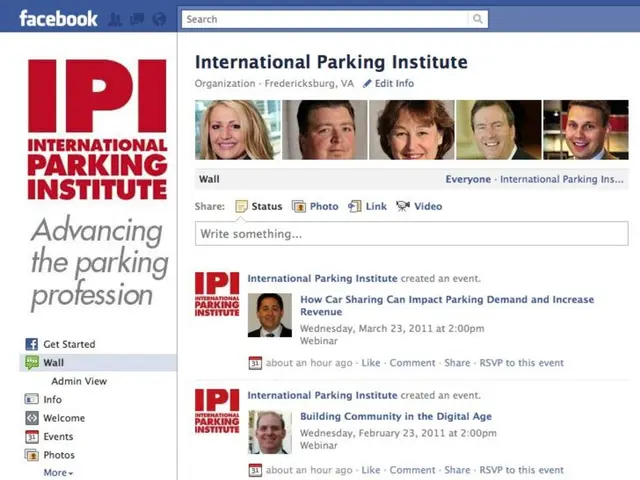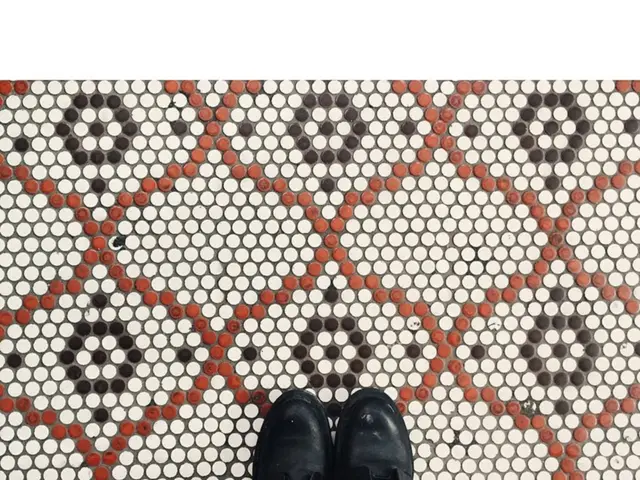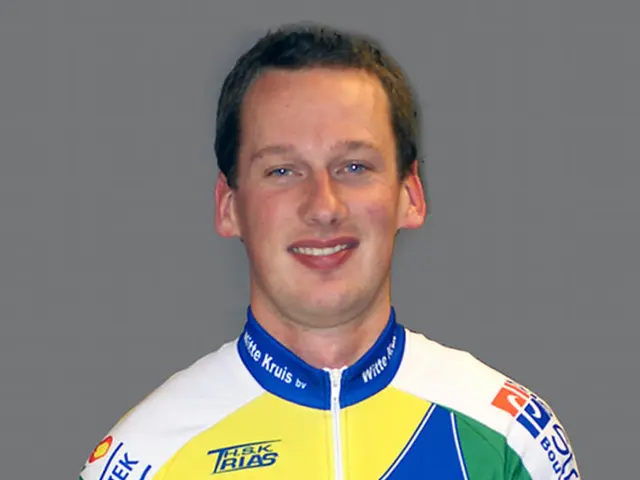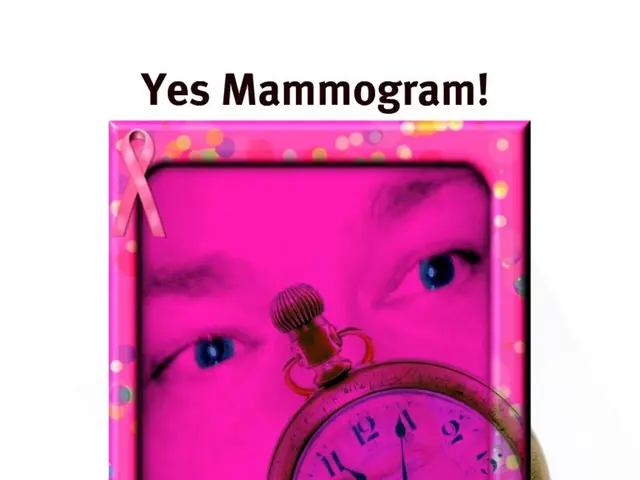Unique Collection of Antiquated Medical Photos That May Instill Discomfort in Seasoned Medical Professionals
In the annals of medical history, there exists a fascinating tapestry of unusual practices and devices that once held sway over the healing arts. As we delve into the past, we uncover a world where the lines between science and superstition often blurred, and where treatments ranged from the bizarre to the downright peculiar.
One such example is the breath-holding pressure test, a diagnostic tool used in early 20th-century cardiac diagnostics. The test assessed heart function and blood pressure regulation by having patients blow against a mercury column while a doctor listened with a stethoscope. Although seemingly rudimentary by today's standards, it offered valuable insights into the workings of the human heart at a time when such knowledge was limited.
Another intriguing device is the Tallerman-Sheffield Apparatus, a 19th-century hot-air medical device resembling a sauna. The apparatus was used to treat pain by heating the patient to high temperatures. Despite its questionable effectiveness, it reflects the desperate search for relief in an era where pain management was still in its infancy.
The treatment of chronic diseases, such as diabetes, HIV, and coronary disease, has seen significant improvements in recent decades. These advancements have allowed the vast majority to live full, active lives, a stark contrast to the grim prognoses of yesteryears.
Surgical procedures have also revolutionised treatment, offering smaller incisions, faster recovery times, and reduced pain levels. This evolution has transformed the landscape of medicine, making once-dreaded procedures more manageable and less invasive.
However, not all historical medical practices were beneficial. Bloodletting, an ancient treatment involving the intentional drawing of blood, was practiced for over two millennia but was abandoned in the 19th century after scientific medicine proved it was harmful. Similarly, the use of mummies as a popular remedy to treat various ailments for hundreds of years became controversial and unsavory by the early 20th century.
Innovations in diagnostic technology have also played a crucial role in advancing medicine. CT scans, MRIs, PET scans, and genetic screening have revolutionised the way diseases are diagnosed and treated. These technologies have provided unprecedented insights into the human body, enabling doctors to make more accurate diagnoses and develop targeted treatments.
While some historical medical practices and devices may seem strange or even unsettling to modern sensibilities, they serve as a reminder of the relentless pursuit of knowledge and the evolution of medicine. From the Tobacco Resuscitator Kit used in the late 18th century to resuscitate drowning victims, to the Electric Bath, an early 20th-century light therapy device, these relics of the past offer a fascinating glimpse into the history of medicine.
As we continue to push the boundaries of medical science, it is essential to remember the lessons of the past, both the successes and the mistakes. By understanding our history, we can better navigate the challenges of the future and continue to improve the lives of countless individuals.
- In the realm of health-and-wellness, today's practices and devices have significantly evolved from the breath-holding pressure test and the Tallerman-Sheffield Apparatus, diagnostic tools and hot-air medical devices from the past.
- Modern medicine, with its focus on science, has replaced practices like bloodletting, a harmful ancient treatment, with innovations such as CT scans, MRIs, PET scans, and genetic screening, which offer unprecedented insights into the human body.








